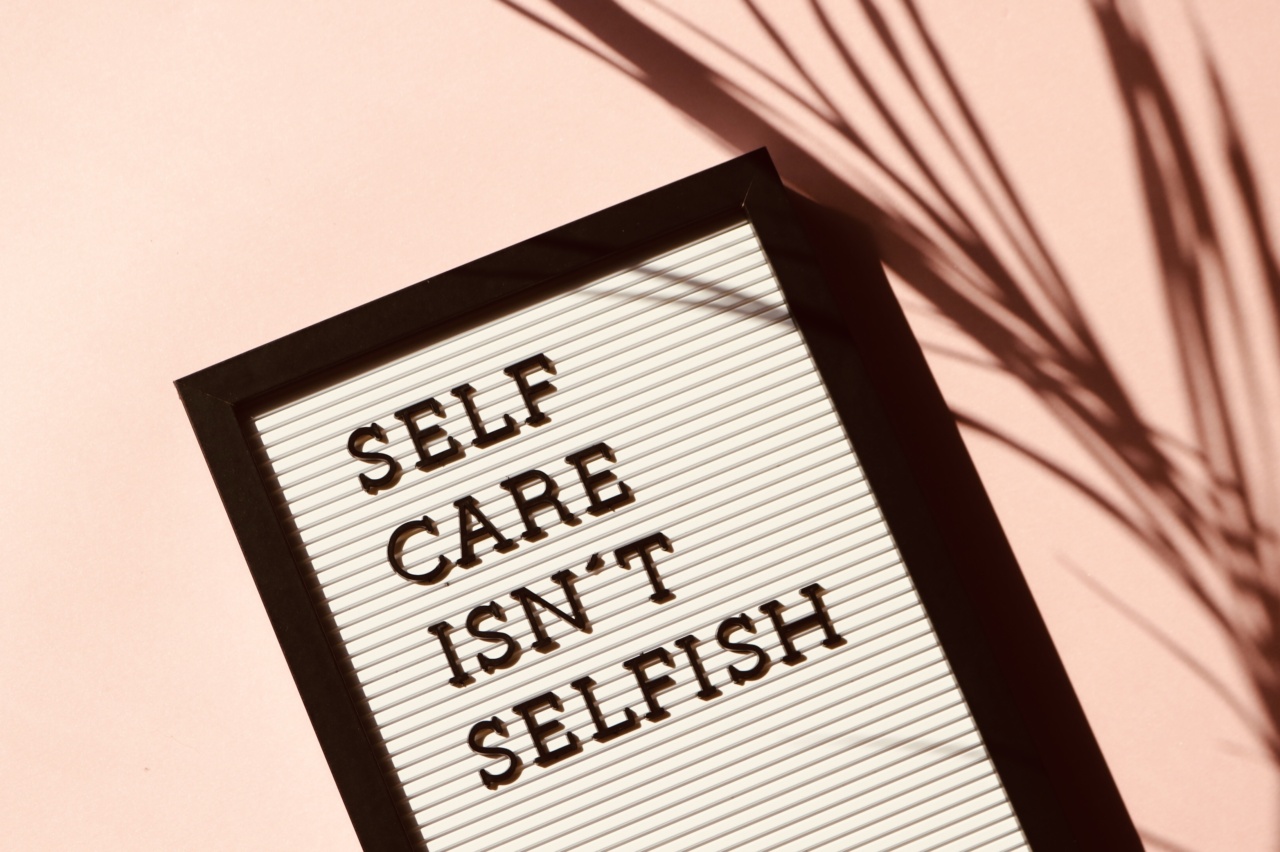The sun is an essential source of life on our planet, and the benefits of exposure to sunlight are numerous and well-known. However, the sun also has hazardous effects on our health, and those effects extend beyond just physical health.
In recent years, researchers have begun to investigate the impact of sun exposure on mental health, and their findings have been alarming. In this article, we will explore the hazardous effects of sun exposure on mental health.
The Science of Sun Exposure
Before we delve into the hazards, it’s important to understand the science behind sun exposure. Sunlight consists of three different types of ultraviolet (UV) rays: UVA, UVB, and UVC.
UVC rays are filtered out by the earth’s atmosphere and do not reach our skin. However, UVA and UVB rays can cause significant damage to our skin and can also penetrate deeply into our bodies.
When our skin is exposed to the sun, it begins to produce melanin, which is the pigment that gives our skin its color. Melanin also protects our skin from UV rays by absorbing them.
However, when we are exposed to too much sun, our skin can’t produce enough melanin to provide adequate protection, and damage starts to occur.
The Hazardous Effects of Sun Exposure on Mental Health
Anxiety and Depression
One of the most significant hazards of sun exposure is the impact it can have on our mental health. Multiple studies have shown a link between sun exposure and anxiety and depression.
One study found that people who spend more time in the sun have lower rates of anxiety and depression than those who spend less time in the sun. Additionally, another study found that people with depression and anxiety have lower levels of vitamin D, which is produced by our bodies when we are exposed to sunlight.
Sleep Disorders
Another hazardous effect of sun exposure on mental health is its impact on our sleep. Sunlight regulates our sleep-wake cycle, also known as our circadian rhythm. When we are exposed to sunlight in the morning, it signals our body to wake up and be alert.
Conversely, when we are exposed to darkness in the evening, it signals our body to start winding down and prepare for sleep. However, exposure to artificial light at night, such as light from electronic devices, can disrupt this cycle and lead to sleep disorders. Additionally, exposure to too much sunlight during the day can also lead to sleep disorders.
Psychosis
Another potential hazardous effect of sun exposure on mental health is its link to psychosis. A study found that people who live in areas with higher levels of sunlight have a higher risk of developing psychosis.
The study suggests that the increased levels of vitamin D from sunlight play a role in this link, but more research is needed to fully understand the connection.
Dementia
Finally, sun exposure may also increase the risk of developing dementia. One study found that people with lower levels of sun exposure had an increased risk of developing dementia.
Additionally, another study found that people with Alzheimer’s disease had lower levels of vitamin D, which is produced by our bodies when we are exposed to sunlight.
How to Protect Yourself from the Hazards of Sun Exposure
Protecting yourself from the hazardous effects of sun exposure is essential for both your physical and mental health. Here are some tips:.
- Wear protective clothing, including long-sleeved shirts, hats, and sunglasses
- Use sunscreen with a high SPF (at least 30) and reapply it every two hours
- Avoid going out in the sun during peak hours (10 am to 4 pm)
- Take breaks in the shade or indoors if you need to be outside during peak hours
- Get vitamin D from foods or supplements, rather than relying solely on sun exposure
Conclusion
Sun exposure is essential for our physical and mental health, but it can also have hazardous effects. Protecting ourselves from the dangers of sun exposure is crucial for maintaining our overall health.
By following the tips above, we can enjoy the benefits of sunshine while minimizing its risks.































